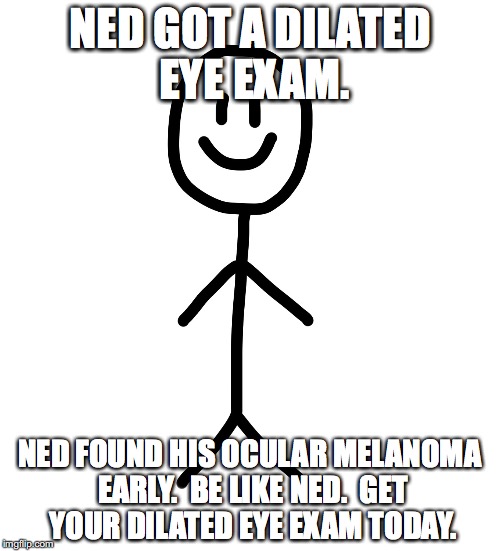

Difficulty reading or doing detail work.The sooner you’re treated for diabetic retinopathy, the better that treatment will work.Ĭall your eye doctor if you notice changes in your vision, especially if they happen suddenly. If you have type 1 diabetes, you should be checked within 5 years of your diagnosis and then regularly thereafter, typically every year. You should be checked for diabetic retinopathy immediately if you’re diagnosed with type 2 diabetes. If it turns out you have diabetic retinopathy, your eye doctor may want to check your vision more often than once a year. Your doctor will also look at the retina and inside of your eyes and may use a dye to reveal leaky blood vessels. Spots or dark shapes in your vision (floaters)ĭuring your eye exam, your eye doctor will check how well you see the details of letters or symbols from a distance.Symptoms in the advanced stage can include: That’s why it’s very important to get a dilated eye exam at least once a year to catch any problems early when treatment is most effective. You may not notice symptoms in the early stage. If there’s a lot of bleeding, your vision may be completely blocked. With minor bleeding, you may see a few dark spots that float in your vision. These new vessels are fragile and often bleed into the vitreous (the clear gel between the lens and retina). About half of people with diabetic retinopathy will develop macular edema.Īdvanced stage (proliferative): In this stage, the retina begins to grow new blood vessels. Macular edema is the most common cause of blindness in people with diabetic retinopathy. These pouches can leak blood and other fluid, which can cause a part of the retina called the macula to swell (macular edema) and distort your vision. Diabetic retinopathy usually affects both eyes.Įarly stage (nonproliferative): Blood vessel walls in the retina weaken and bulge, forming tiny pouches (you won’t be able to detect them, but your eye doctor can). Sometimes new blood vessels grow, but they aren’t normal and can cause further vision problems. Damaged blood vessels can swell and leak, causing blurry vision or stopping blood flow. Diabetic retinopathy is caused when high blood sugar damages blood vessels in the retina (a light-sensitive layer of cells in the back of the eye). This common eye disease is the leading cause of blindness in working-age adults. All can lead to vision loss, but early diagnosis and treatment can go a long way toward protecting your eyesight. The good news is managing your diabetes and getting regular eye exams can help prevent vision problems and stop them from getting worse.Įye diseases that can affect people with diabetes include diabetic retinopathy, macular edema (which usually develops along with diabetic retinopathy), cataracts, and glaucoma.

Get a dilated eye exam at least once a year to protect your eyesight.ĭiabetes can damage your eyes over time and cause vision loss, even blindness.


 0 kommentar(er)
0 kommentar(er)
